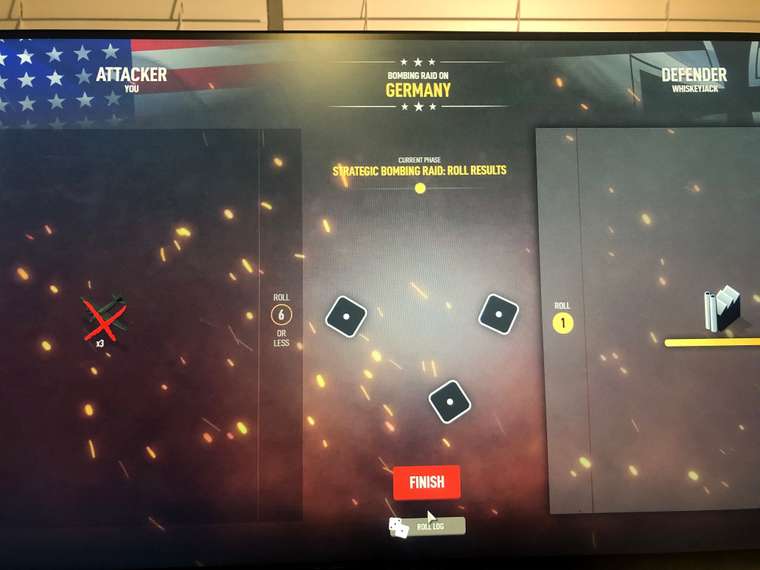Having played the classic edition back in the day, the wild swingyness of the dice mechanic was always a bone of contention. A lot of board wargamers dismissed it as a kids game because luck was such a big factor, I always appreciated the unpredictability.
There are basically two types of wargamer, or two ends of an axis we all lie on. Some treat these games as puzzles to solve, to find the ‘right’ tactic or the perfects strategy. Then there are those that like having to think on their feet and adapt to the situation as it unfolds.
A&A in all its forms has always been a game for the latter group. Yes you need to strategise, but you need to hedge your bets, have a backup plan, adapt creatively to unexpected reverses. That’s the fun of it.
As for randomness, if you randomly generate points on an x/y graph, you’ll quickly notice that the points tent to form clumps and little chains. Truly random distributions are not smooth or evenly distributed. Humans are hard wired to see and create patterns. We’re truly awful at generating random numbers ‘by hand’ and also terrible and judging whether a range of numbers are random or not. There’s been bags of research on this. I play role-playing games so Ive rolled huge numbers of dice and seen some amazing runs of luck, disastrous bad luck and just numerically weird looking results. That’s just randomness for you. I’ve had this argument with gamers ‘proving’ that particular outcomes were almost impossible. Yes. All the possible outcomes are almost impossible, when you roll enough dice. They’re all equally unlikely. That’s the point.














